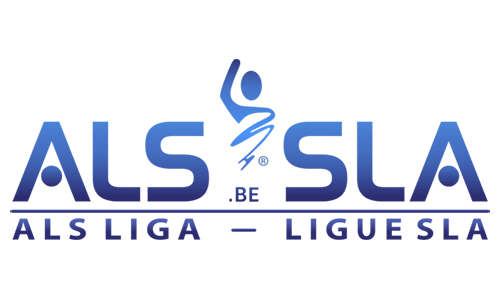C94 Intrathecal AAV9-SOD1-shRNA administration for amyotrophic lateral sclerosis
27-11-2019
MNDA SYMPOSIUM PERTH DEC19 PRESENTATIONS
Session 8A Disease models
AveXis, Inc.
Background: Twenty percent of genetically-associated cases of amyotrophic lateral sclerosis (ALS) are linked to mutations in the superoxide dismutase-1 (SOD1) gene. Previously, adeno-associated virus serotype 9 (AAV9)- mediated delivery of a small hairpin RNA (shRNA) targeting human SOD1 resulted in efficient downregulation in mice and non-human primates (NHPs). In ALS mice, we achieved significant extension in survival with a single administration of an experimental recombinant vector, AAV9-GFP-shRNASOD1, in newborn animals and also at later stages after disease onset. These highly promising results set the stage for developing this approach further towards translation to clinical trials.
Objectives: To develop a first-in-human gene therapy for ALS using intrathecal AAV9-SOD1-shRNA administration.
Methods: We modified the experimental vector for clinical trials using an expression cassette for the delivery of shRNA against human SOD1 devoid of any foreign transgenes (ie GFP) but maintaining the same cassette size. This was efficiently packaged into an AAV9 viral capsid, creating a new AAV9-SOD1-shRNA (“AVXS-301” herein) translatable to the clinic. Intracerebroventricular (ICV) delivery of AVXS301 directly into the cerebrospinal fluid (CSF) was performed in the SOD1G93A ALS mouse model and in NHPs to reduce SOD1 throughout the central nervous system (CNS).
Results: A one-time ICV administration of AVXS-301 led to significantly improved motor function and prolonged survival in mice overexpressing mutated human SOD1. We tested this strategy in NHP including 3–4-year-old cynomolgus macaques and a 10-year-old rhesus macaque to facilitate dose extrapolation to human patients. With a single lumbar intrathecal administration, we achieved efficient transduction and SOD1 downregulation throughout the entire CNS in these animal models. Importantly, administration of AVXS-301 appeared safe and well tolerated in both mice and NHPs.
Discussion and conclusions: Together, these results represent an important advancement towards clinical trials for ALS patients.
Source: Abstract Book symposium Perth


